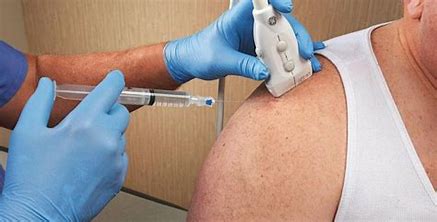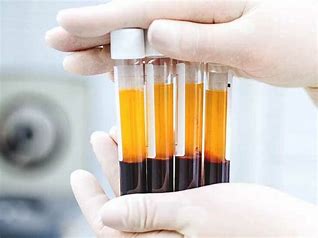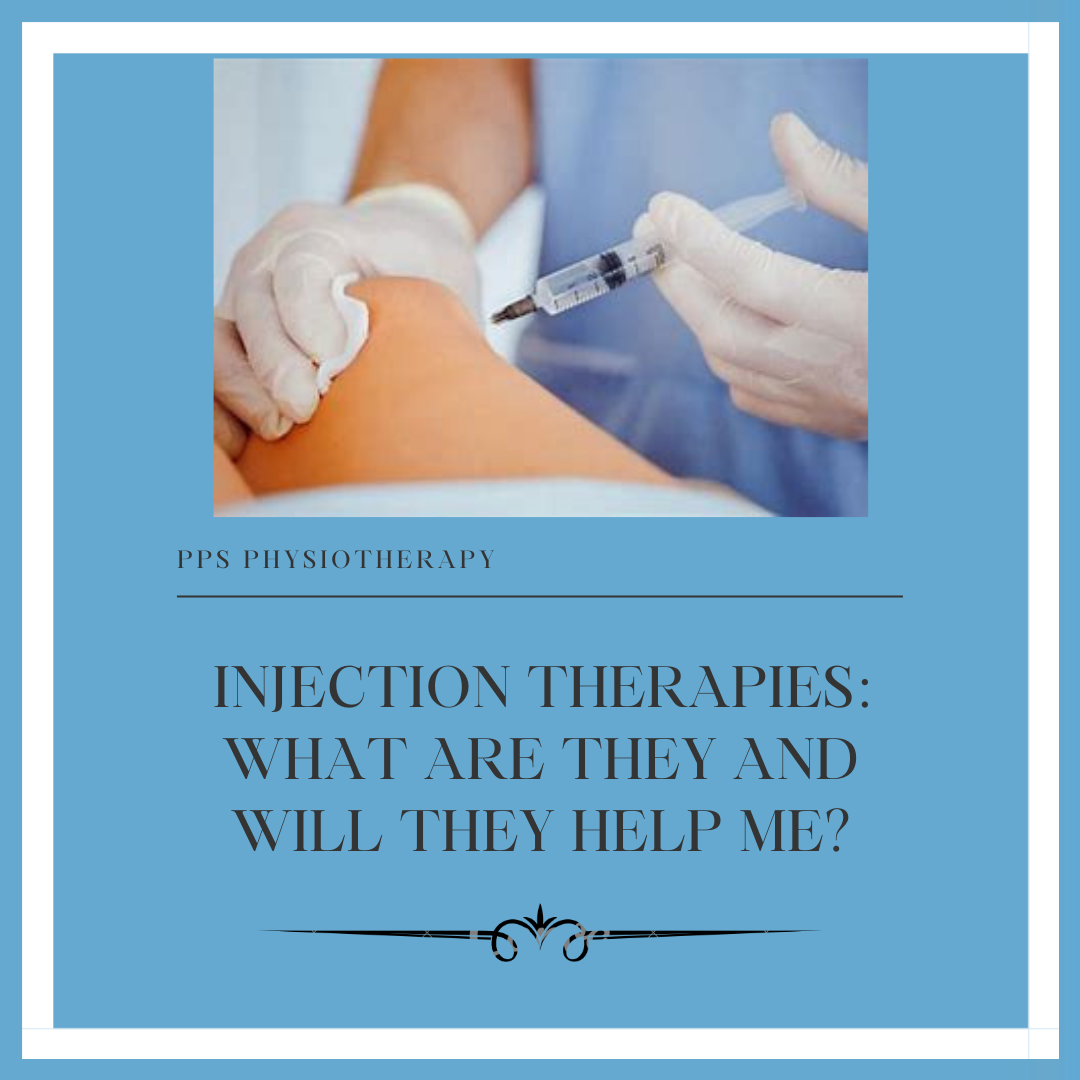We would all love for there to be a magic pill or injection that takes you from agonising pain to instant long-term relief. If this sounds too good to be true it’s probably because it is!
There are a whole raft of different types of injections available to help with pain from a variety of sources in the body. While some may provide good immediate relief, others act via different mechanisms to provide pain relief over a longer term. We can appreciate how hard it would be to navigate this whole other world of medicine if you don’t come from a medical background. Hopefully we can help you understand a bit about what each injection does and what it is used for. Below are the most common ones that we encounter in our line of work.
Please note: It is really important that you consult with your health care practitioner on what is recommended for your individual needs and health status. What is recommended for one person may not be recommended for another.
Cortisone/Corticosteroid Injections
Corticosteroid injections would be the most common type of injection that we see people having who come through our clinic. Cortisone is a potent anti-inflammatory medication and therefore is injected when inflammation appears to be the main source of a patient’s symptoms. Usually, it will be injected by the radiologist under the guidance of ultrasound or CT to ensure the exact location of inflammation is targeted.

Cortisone (when used in the right patient) will usually begin to provide pain relief anywhere from right away to in a few days time. The typical story we hear is;
Mr B had a sore shoulder so the GP referred him for a cortisone injection which helped for a short while but then the pain came back. He then went off to have another one and the same thing happened. It is at this point in time that patients often come to us. The issue here is the cortisone is rightly so knocking off the inflammation but Mr B is doing nothing to address the underlying cause of why he has the inflammation or pain in the first place. Therefore, his symptoms return a short time later.
Ideally, a trial of physiotherapy would occur first before the cortisone injection (except where pain is severe). Quite often physiotherapy alone can address the issue AND prevent the issue from returning.
Unfortunately, cortisone injections are not without their risks and some of these include;
– infection (it’s rare but still a risk)
– cortisone flare (a transient increase in pain lasting 24-48hrs)
– delayed tendon rupture
Of particular note is the risk of delayed tendon rupture. Research has shown that injecting cortisone directly into or around a tendon can weaken and damage the collagen fibres. Thus, corticosteroid is often a last resort in patients with tendinopathy. Patients who have tendinopathy already have a compromised tendon and the decision to trial corticosteroid injection needs to be carefully evaluated against the risks and benefits for this specific group.
Platelet Rich Plasma (PRP)
Platelets are a part of the blood that help the blood to clot however they also contain lots of proteins called growth factors. Growth factors play an important role in injury and wound healing and thus PRP has been proposed to help treat musculoskeletal disorders. Blood is extracted and then spun in a centrifuge (a machine that separates blood into its different components). The platelet rich plasma is then extracted and injected back into the area of pain. PRP therefore falls under the category of regenerative medicine.

PRP has been proposed to assist in pain, function and healing of conditions such as;
– tendinopathy
– muscle strains
– ligament sprains
– joint osteoarthritis.
Over the past few years PRP has become far more common practice. However, the injections do come with a hefty price tag and quite often people require a number of injections. In theory PRP sounds really promising BUT some of the latest research is suggesting otherwise.
What does the research say?
– Kearney et al. (2021): There was found to be no difference in the pain scores of 240 people at time intervals of 3 and 6 months with chronic achilles tendinopathy when one group was given a PRP injection vs the other group a sham (placebo) injection. There was also no change to quality of life between groups at 2 weeks, 3 months or 6 months post injection.
– Zhang et al. (2018): PRP injection combined with eccentric training did not improve pain, decrease tendon thickness or doppler activity in people with chronic achilles tendinopathy when compared to a saline injection.
– Scott et al. (2019): When combined with exercise a single injection of PRP was no more effective than a saline (salt water) injection for patella tendinopathy
– Fitzpatrick et al. (2018). Patients with chronic (>4months) of pain associated with gluteal tendinopathy, achieved greater outcomes at 12 weeks following a PRP injection vs a corticosteroid injection.
– Andia, I, et al. (2021). PRP injections administered for knee osteoarthritis can provide symptomatic pain relief and potential benefits to pain modulation. However, clinical response to PRP varies enormously person to person making it difficult to predict the effectiveness. Watch this space!
It would be impossible for me to go through every injury/condition that PRP is used for and list whether it is effective or not effective based off the available evidence we have. As you can see some studies and conditions do not support the use of PRP however others do. It is important to note that some studies compare exercise vs PRP and others PRP vs cortisone. We really need further research that compares PRP vs exercise, PRP vs cortisone, PRP vs rest etc to really determine which is the best option for any given condition.
Stem Cell
Stem cell therapy seems to be the latest buzz word with the rise of it’s use in elite sports people. Whilst stem cell therapy is certainly showing promising results, the cost of such treatments often eliminate them as an option for most patients. Stem cell therapies are proposed to be a suitable treatment in fractures, osteoarthritis, bone defects, osteochondral lesions, osteonecrosis, tendon issues and tendon regeneration. One of the biggest issues currently is that we don’t have high quality evidence to say with certainty if stem cells will be effective and safe.
There is a misconception that because stem cells come from your own body that they must be the safest option. However, we do not have data collected over the long term to know what happens 15-20 years down the track. Additionally, whilst stem cells may be your own tissue, once removed from the body the processes involved in storage and re-administration may change their properties.
Most stem cell treatments in the musculoskeletal world are considered experimental and a singular injection comes at a large cost (I’m talking thousands of dollars). If this was something you really wanted to consider the best option would be to see a specialist for their opinion on your suitability and to also find out whether there were any clinical trials you are eligible for. Yes this means you are in an experiment, however the costs are usually covered by the trial AND stem cell treatment at present is really experimental at best.

If you are considering any form of injection therapy it is important that you consult with your healthcare provider to determine if this is the right choice for you. You should always be informed of the risks and benefits of each type of treatment prior to making your decision. If you are experiencing pain and have not trialled physiotherapy first you can always call us at Kellyville (9672 6752) or Carlingford (9871 2022) to book an appointment.
- Kimberley Cochrane – Physiotherapist (Bachelor of Physiotherapy, First Class Honours; Graduate Certificate Sports Physiotherapy)


